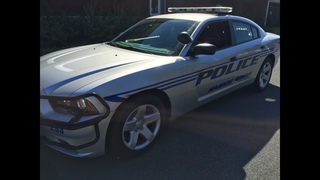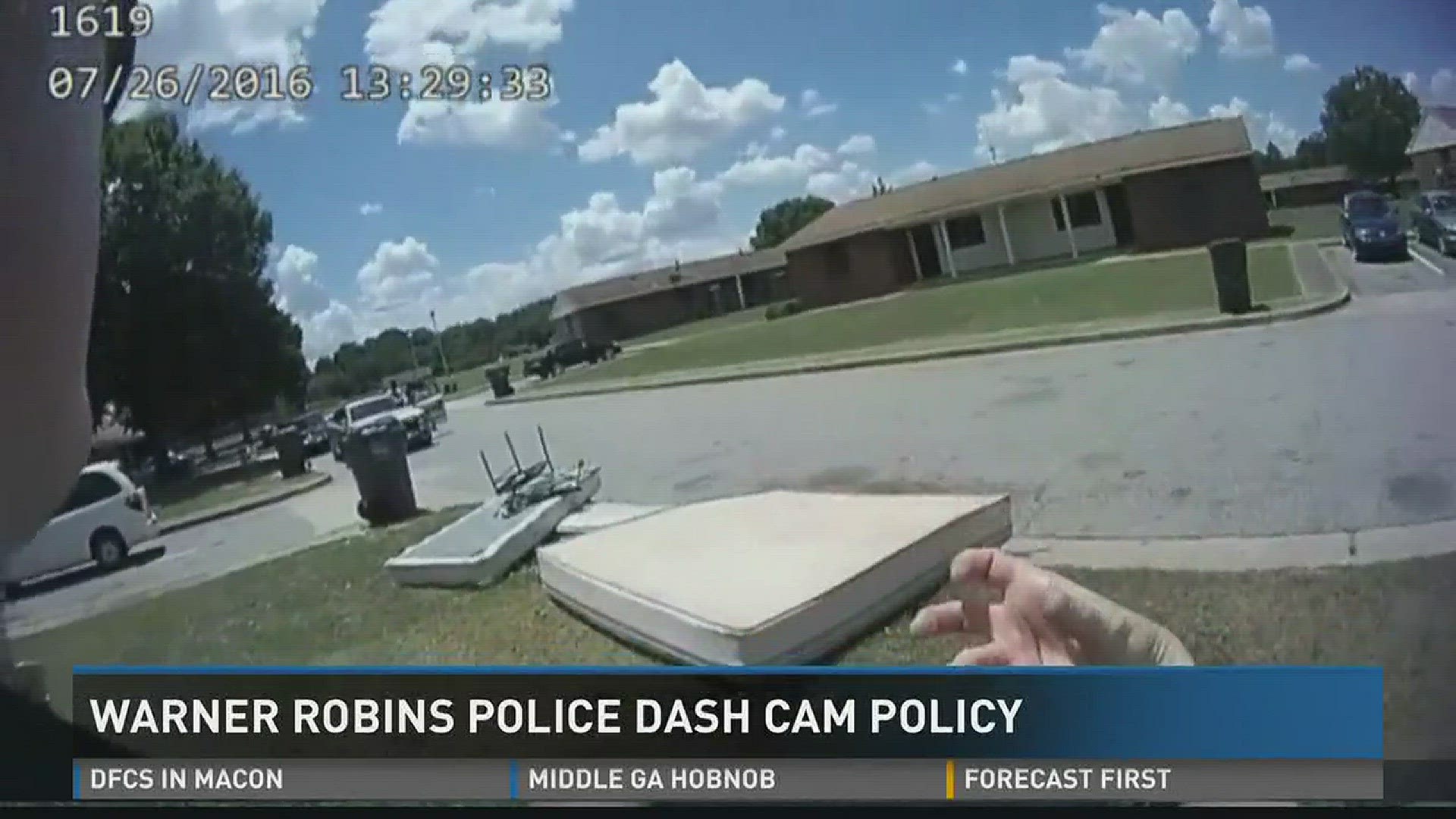13WMAZ decided to take a look at dashcam policies right here in Central Georgia.
This comes as police dashcam videos have become crucial evidence in several cases across the country in recent months.
Warner Robins police have spent hundreds of thousands of dollars upgrading their video technology over the past few years. 13WMAZ asked them to explain how they use it.
Dashcam video is often the only recorded audio or visual evidence of what happens out on a traffic stop or the first response to the scene of a crime.

Warner Robins Sergeant Todd Rountree says the video is often useful.
“It's very helpful. I mean it backs up what an officer says. The videos capture a lot of the evidence, some things it can not see, but it captures a majority of it, if it's in front of the car,” Rountree said from the seat of his patrol car.
The cameras turn on automatically with emergency lights or if the police car is in a collision. Rountree said officers also have to turn on dash cams when they make traffic stops and interact with people.
But they aren't the only source of video police have. The department just got body cams earlier this year. They received the cameras in February and have been rolling them out the past 2 to 3 months. One officer we spoke with said they are helping.
“It can help defuse situations, because people see you're wearing a body cam, but it can also just be a visual aid after an incident. It also gives a perspective for the public to see this is what's being said on scene, this is what's not being said on a scene,” Officer Karmen Thompson said.

The body cams have to be turned on anytime an officer leaves the car responding to a call. The cameras have day and night settings and about 8 hours of battery. Thompson said even if she responds to 15 calls over the course of a day, the body cam gets turned on for all of them.
WRPD policy is to keep the video from felonies or other major crimes for 5 years. Video from misdemeanors or other minor traffic stops are kept for about 2 years.
“It's made the jury able to see how we see it, to where they can actually see how people act and they kind of get that front row seat. But to me, from being-- doing it for so long, the officer's testimony and his credibility is still extremely important. This is just another part of the puzzle,” Sergeant Rountree explained. He’s been doing police work for 28 years.
The department spent around $160,000 on the body cams. That's roughly $1,200 per officer.
The only reason they were that cheap? WRPD was able to use storage technology they already had from the dashcams. If they had been required to buy the storage equipment as well, it would have cost an additional $50-100,000.
The video is uploaded automatically over Wi-Fi from both the dashcams and the body cams when officers return to the station after their shifts. The video can be assigned case numbers and be categorized based on what occurred.

